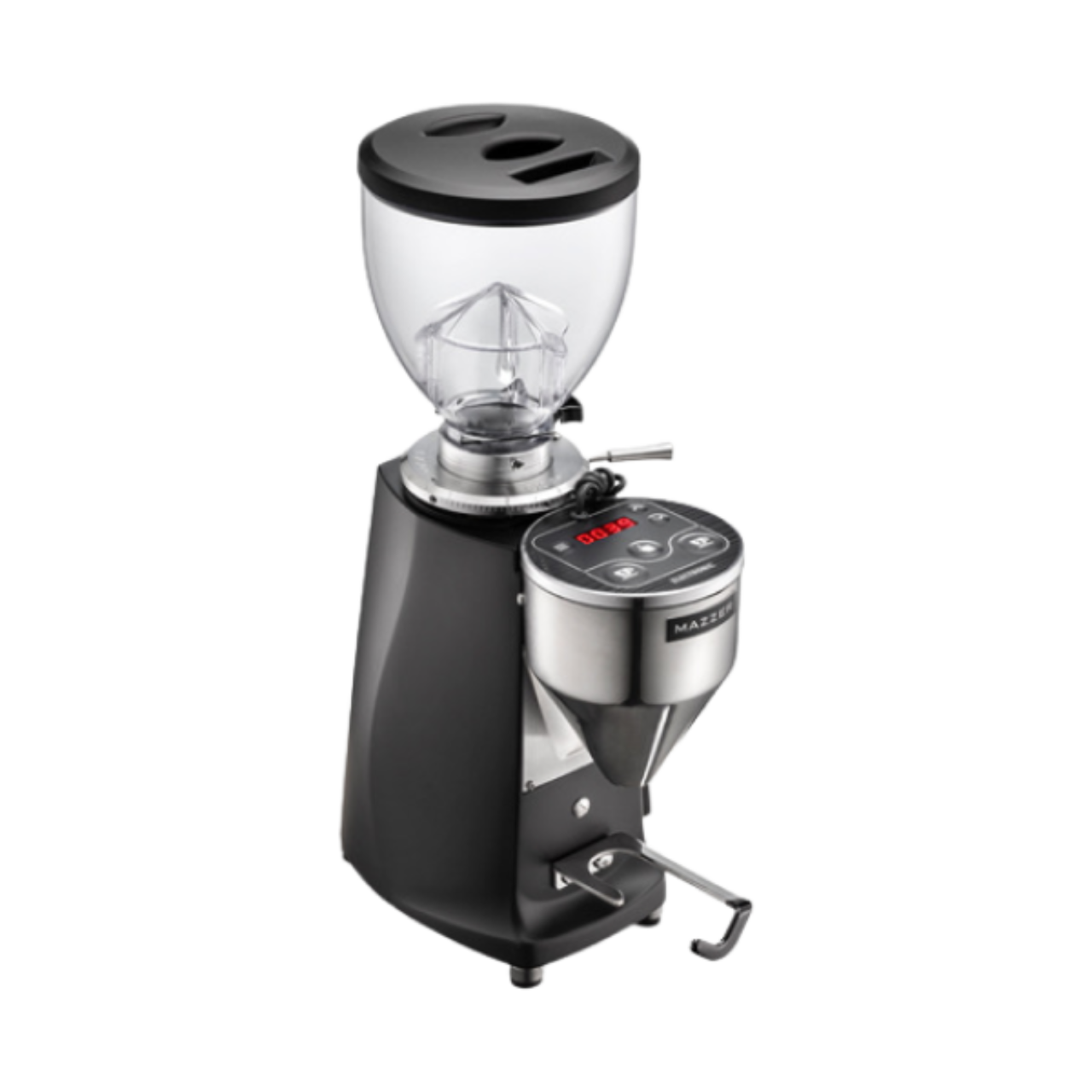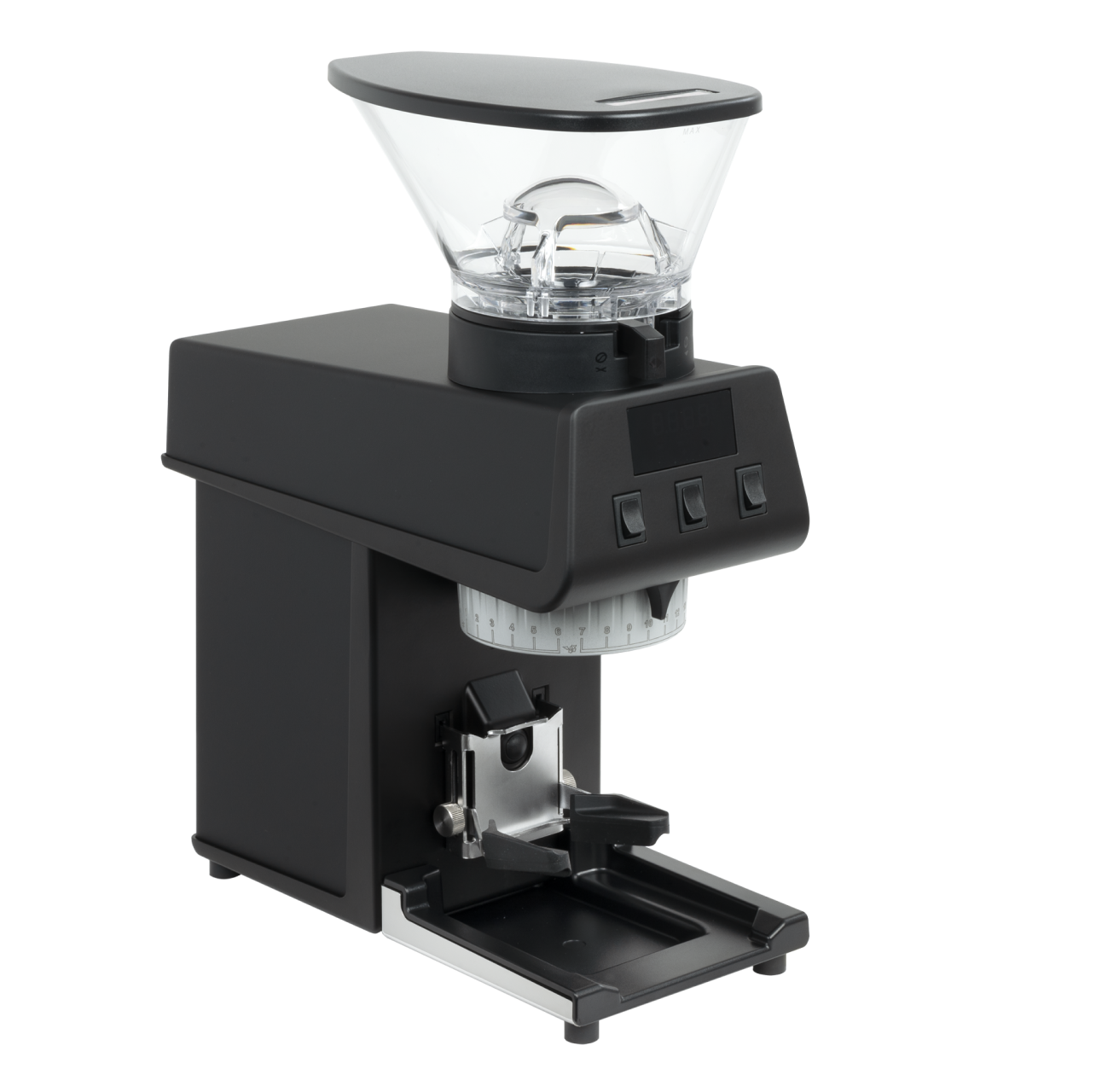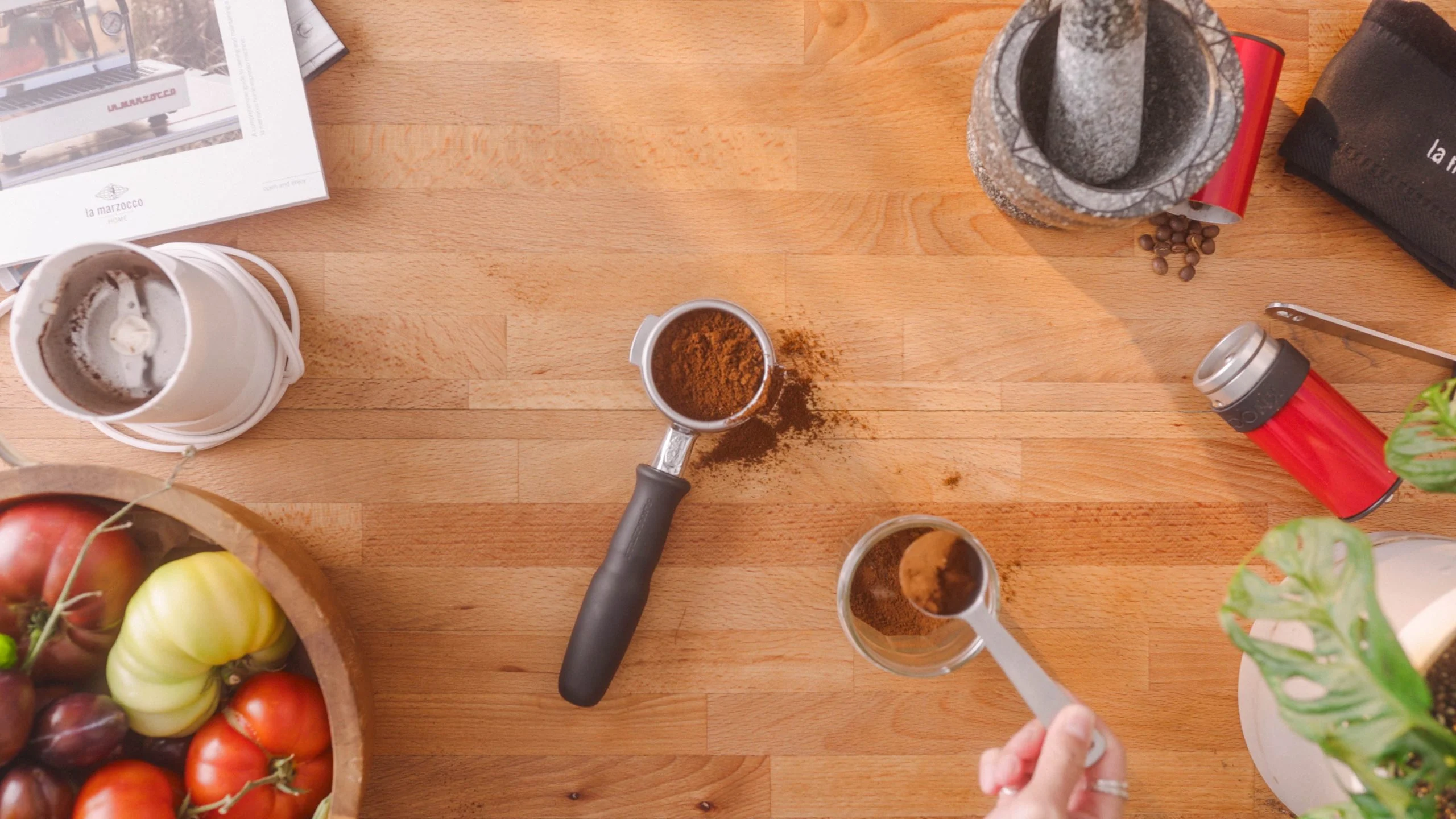The quest for the perfect espresso has a long, rich history and involves pinpointing the optimal combination of beans, grinder, espresso machine, and barista. Many have tried, and as we know, it’s not just about that one perfect cup; it’s about identifying the elements that allow you to pour consistently exceptional shots at home.
One thing is certain, the method you use to grind your beans has a significant bearing on the result you can expect, and when it comes to the best grind, you can’t go past burr grinders for cafe-level outcomes while you are enjoying the comforts of home.
So what is a burr grinder? And why is it essential for perfect espresso extraction? Here, we will discuss factors like uniform grind size and the heat produced by different grinders, and we will highlight a few of the best burr espresso grinders for your benchtop.
Read on as we unravel the mysteries of the burr for espresso extraction.
What is a Burr Grinder?
Burr espresso grinders crush your coffee beans into uniform particles by utilising two abrasive surfaces – these are the burrs. This method of grinding can be actioned with flat burrs, which feature two parallel rings that are horizontally aligned – with angled teeth – that apply pressure to the beans. The distance between the two rings can be precisely adjusted to produce a different-size grind.
The other type of burr is conical and works in a vertical motion where one burr sits inside the other. The outer burr is shaped like a basket, again with angled teeth, and the second burr turns inside it. The inner burr is star-shaped, and the outer stays still while the inner burr turns—like a pepper grinder motion.
Conical burrs are quieter, they create less heat, and they are a little slower to grind than the flat burr. For home use, either type of burr is going to get you a beautiful grind.
Burr vs. Blade Espresso Grinders
The major difference between the burr and the blade lies in the amount of heat produced during the process. Blade grinders generate significant friction as they ‘chop’ the beans rather than grinding them between two surfaces. The other major difference is uniformity; blades are more likely to produce disparate-sized grinds, which creates uneven flow and pulls down the quality of your pour.
Does heat matter when you are grinding coffee?
Short answer? Yes. The art of the perfect cup of coffee is affected by heat all the way through the process, from the temperature of the region where the beans are grown to the storage method, the roast temperature, and the pressure applied to your grinds as the water is pushed through the basket, capturing the flavour of the beans.
The humidity inside your home can also affect your beans, so for optimal results you should just add just what you need to your grinder when it’s time to make a cup and store your beans away from fluctuating temperatures, airflow and sunlight.
The grind is a crucial element that can change the flavour in your cup, and when you use a blade to produce your ground coffee, the heat can cause the coffee’s natural oils to overheat—or even burn.
| Feature | Burr Grinder | Blade Grinder |
| Consistency | Precise & Uniform | Inconsistent |
| Heat Produced | Minimal | High |
| Grind Customisation | Highly Adjustable | Limited |
| Suitability for Espresso | Ideal | Not Recommended |
Making High-Quality Espresso at Home
Many people have been using the ‘spice-grinder’ blade style of grinding for home use without realising that they are missing out on the full flavour of their beans. This method can release sour notes, or you may simply miss out on the full, rich espresso flavour you prefer. For the connoisseur, the choice is obvious, and when you are investing in an espresso grinder to sit alongside your machine at home, it would be remiss to skimp on this essential element in the pursuit of exceptional espresso.
Choosing the Best Burr Grinder for Home
Fortunately, there are now some fantastic burr grinders designed specifically for domestic use; here, we are highlighting two of the best: The La Marzocco Pico and the Mazzer Mini Electric B.
When you are looking to add a grinder to your countertop, you should be prioritising a compact footprint, chic finishes and quiet power. Both of these espresso grinders deliver on all fronts.
The Mazzer Mini Electric B

This grinder is the ideal choice if you want commercial-level grinds, electronic dosing and precision grind adjustment capability. The Mazzer Mini Electric B is available in midnight black, white or a stainless steel finish; this is a flat burr grinder that works quickly and sits at a height of 440mm for discreet storage in domestic spaces.
La Marzocco Pico Grinder

The Pico Grinder is a sleek and compact option for home baristas. With its conical burr design, it delivers consistent results with minimal heat production. The Pico’s intuitive controls make it easy to achieve the perfect grind size every time, ensuring a smooth, consistent crema that will delight your palate and invigorate your senses.
The Perfect Coffee Starts Here
If quality is important to you, you invest. When it comes to the quest for the perfect pour, the stars will align when you have all the elements you need. Alongside a professional-level espresso grinder that is designed to add style to your kitchen countertop, you will need excellent beans and an Italian-made espresso machine that embodies traditional passions alongside the most innovative contemporary engineering technology.
If you are ready to enjoy the finer things in life, browse our selection of coffee grinders here today and discover the difference that La Marzocco can make to your daily grind.

